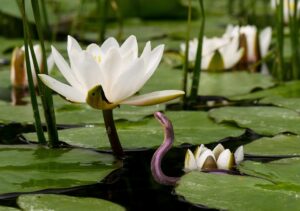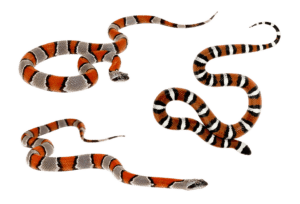
Facebook
Twitter
LinkedIn
[ad_1]
Opae Ula Shrimp: A Fascinating Aquatic Species
Opae Ula Shrimp, scientifically known as Halocaridina rubra, are a unique and captivating addition to any aquarium or shrimp enthusiasts’ collection. Native to the Hawaiian Islands, these shrimp have gained popularity due to their vibrant colors, hardiness, and low-maintenance care requirements. In this article, we will delve into the fascinating world of Opae Ula Shrimp, providing both a fact sheet and care sheet to help you understand and care for these remarkable creatures.
Fact Sheet:
– Size: Opae Ula Shrimp are tiny creatures, reaching a maximum length of about 1.5 centimeters (0.6 inches).
– Lifespan: These shrimp have an impressive lifespan, typically ranging from 3 to 20 years, depending on their living conditions and care.
– Unique Adaptations: Opae Ula Shrimp are well-suited to survive in extreme environments. They possess the ability to tolerate large fluctuations in salinity, ranging from freshwater to nearly sea-level salt concentrations.
– Vivid Colors: Known for their striking red coloration, Opae Ula Shrimp can also exhibit variations in tones, ranging from deep crimson to pale pink or orange.
– Algae Eaters: In addition to being visually appealing, these shrimp serve a practical purpose in your aquarium. They are avid consumers of algae, aiding in the maintenance of a clean and balanced ecosystem.
– Brackish Waters: Opae Ula Shrimp do best in brackish water environments, with a salinity level ranging between 1.005 and 1.015 specific gravity. It’s crucial to provide them with the appropriate water conditions to ensure their health and longevity.
Care Sheet:
1. Tank Requirements: A small aquarium or jar with a capacity of 2.5 gallons or more is sufficient for a small group of Opae Ula Shrimp. An aquarium with no substrate or a sandy bottom is ideal.
2. Water Parameters: As previously mentioned, maintaining a brackish environment is crucial. Regular marine aquarium salt can be used to achieve the desired salinity level, but it’s vital to test and regularly monitor the water parameters.
3. Water Change: Opae Ula Shrimp thrive in stable water conditions. Perform partial water changes of about 10% monthly, taking care to match the salinity of the replacement water to the existing tank water.
4. Feeding: These shrimp are predominantly herbivorous, consuming microalgae and detritus that naturally forms in the tank. However, you can supplement their diet with small amounts of commercially available shrimp food or crushed spirulina flakes.
5. Temperature: Opae Ula Shrimp are hardy and adaptable to various temperature ranges, but a stable temperature between 72°F and 78°F (22°C – 26°C) is recommended.
6. Hiding Places: Provide ample hiding spots, such as small rocks, caves, or other aquatic decor, to give your shrimp a sense of security. Live plants like Java moss or Marimo moss balls also serve as both hiding spots and sources of natural filtration.
If you have any questions about Opae Ula Shrimp or are interested in acquiring them for your own aquarium, do not hesitate to reach out to us at Prime Time Critters. Our experienced team is here to assist you in providing the best care possible for these intriguing creatures. Get ready to embark on an aquatic adventure with Opae Ula Shrimp and witness their beauty and charm firsthand.
[ad_2]
Through education and awareness, I strive to inspire the next generation of caregivers, conservationists and environmental advocates.




Get updates about our newsletters!
